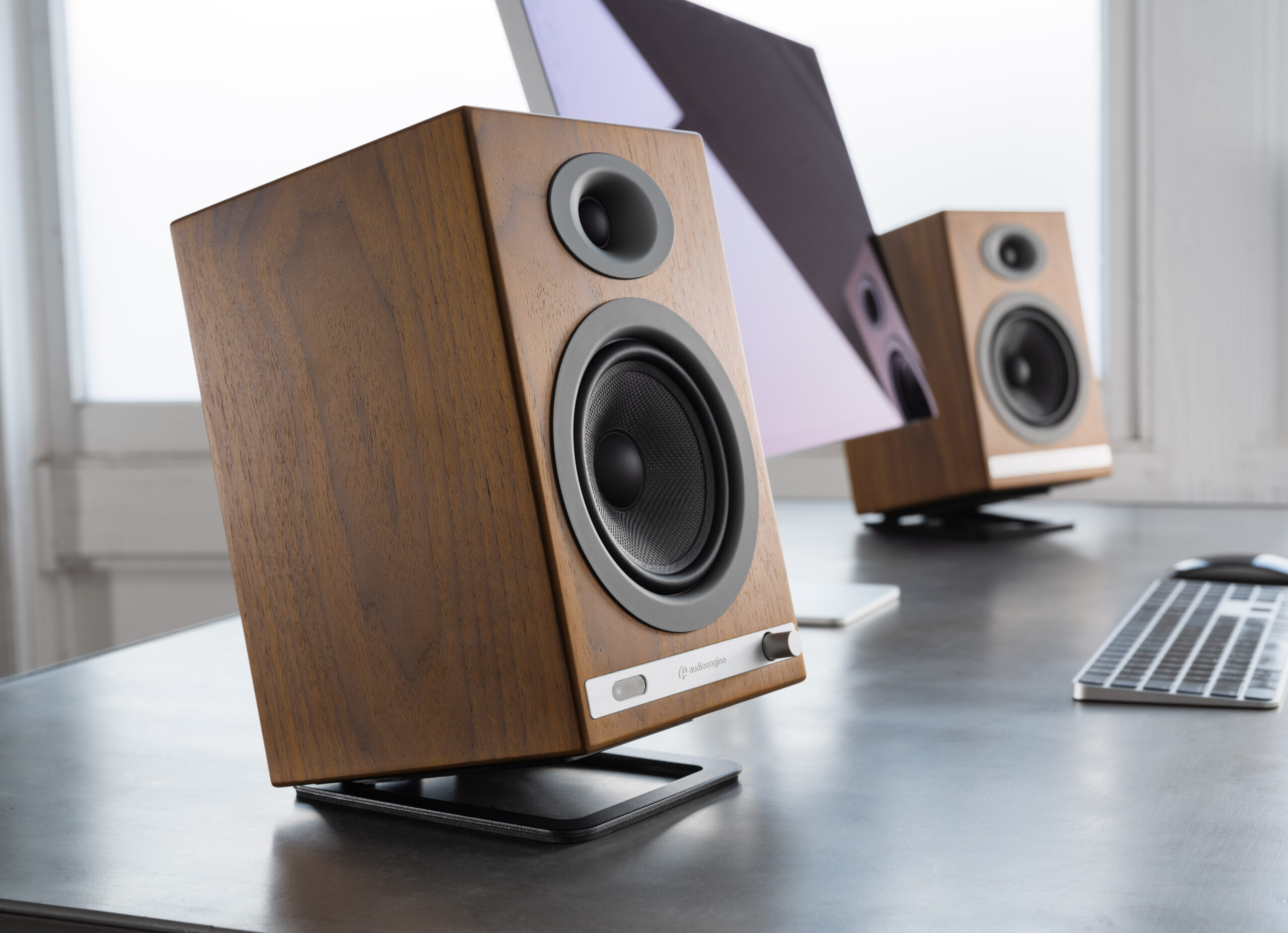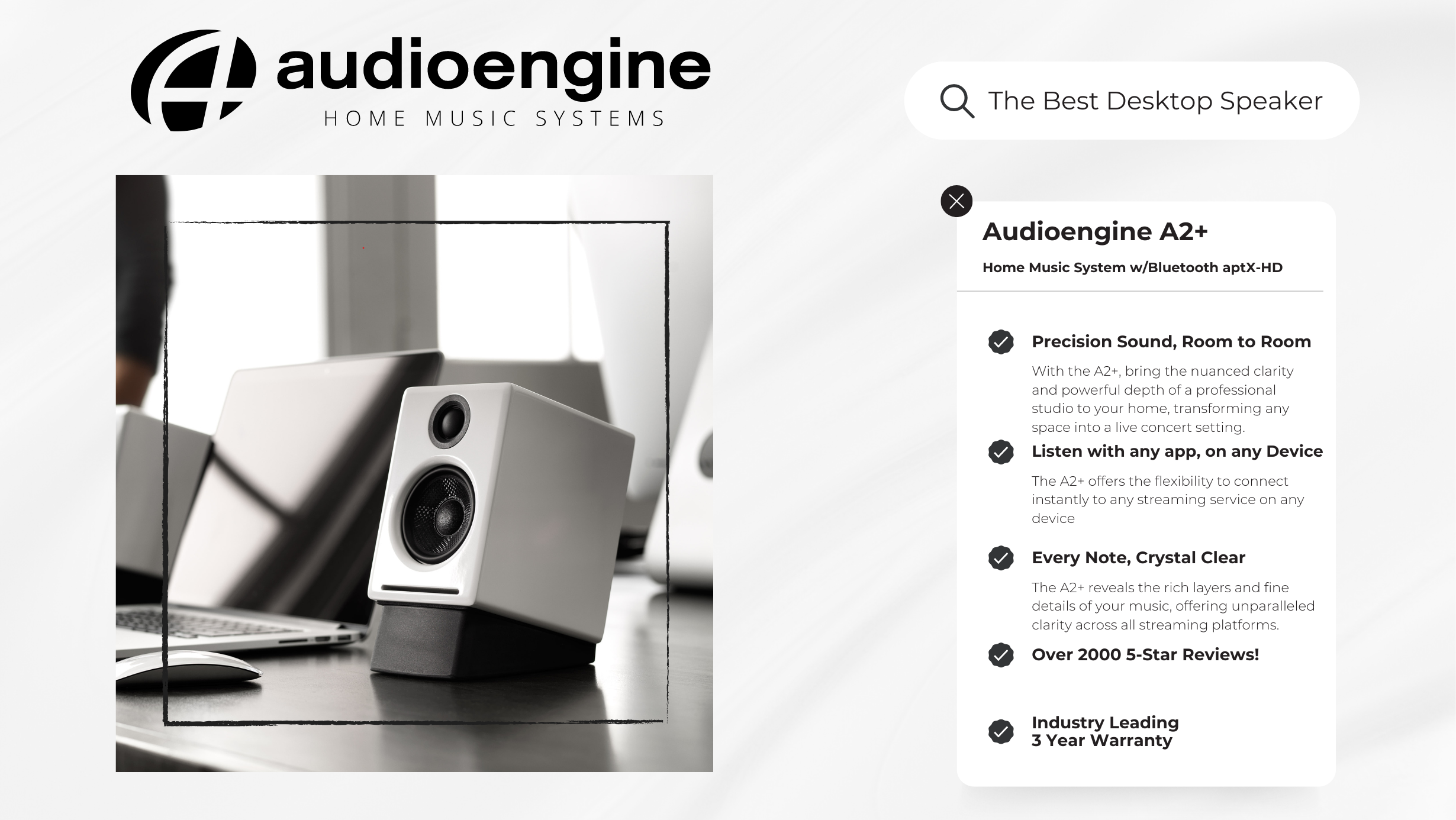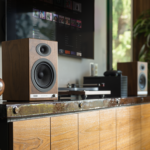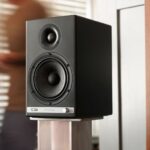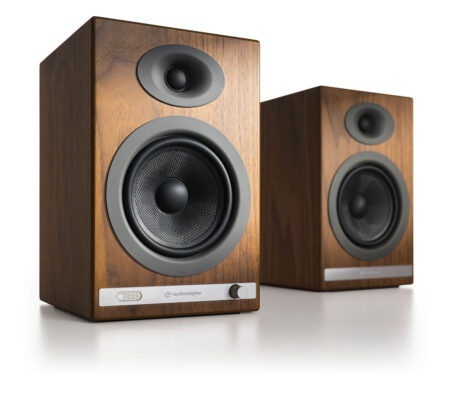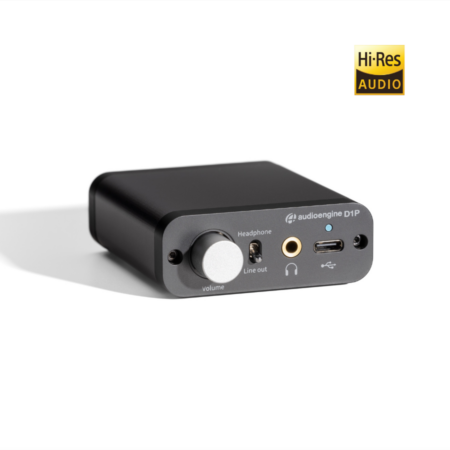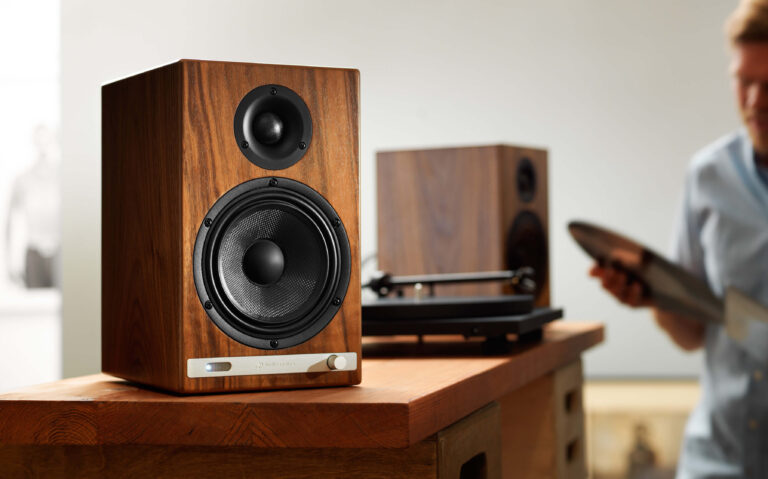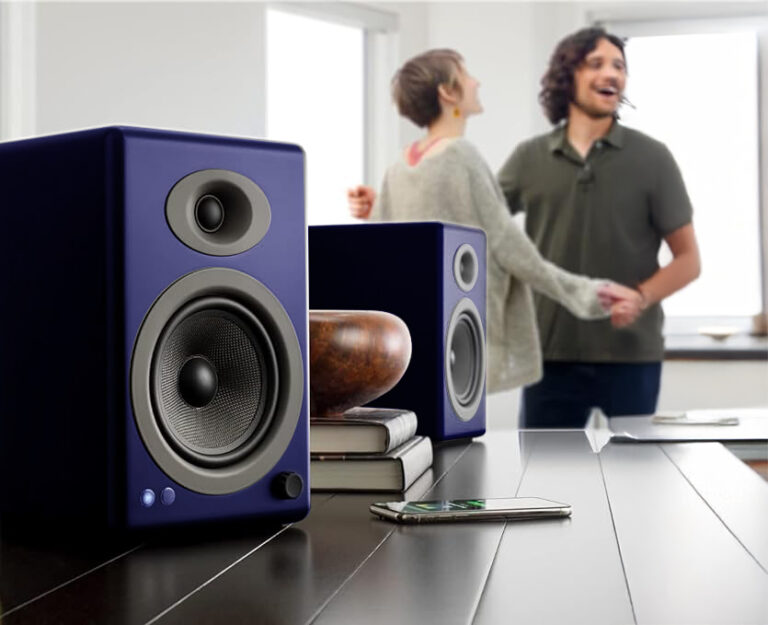
What is a Studio Monitor?
When it comes to audio equipment, particularly speakers, the term "studio monitor" often comes up. Studio monitors are a staple in professional audio production environments, valued for their precision and accuracy. But what exactly are studio monitors, and how do they differ from other types of speakers? Let's dive into the history, features, and uses of studio monitors to understand their significance.
A Brief History of Studio Monitors
Studio monitors have evolved significantly since their inception. The earliest forms of studio monitors appeared in the 1940s and 1950s, coinciding with the rise of professional recording studios. These early monitors were large, bulky, and primarily used in radio stations and recording studios. They were designed to provide accurate sound reproduction, allowing engineers to hear recordings as they truly were.
In the 1970s, the development of near-field monitors revolutionized the industry. These smaller monitors could be placed closer to the listener, reducing the impact of room acoustics and providing a more accurate listening environment. Brands like Yamaha and JBL became pioneers in this field, setting standards that many monitors still follow today.
Features of Studio Monitors
Studio monitors are distinct from regular speakers in several key ways:
- Accuracy: Studio monitors are designed to produce a flat frequency response. This means they aim to reproduce sound without adding any coloration, ensuring that what you hear is as close to the original recording as possible.
- Digital Amplifiers: Many studio monitors come equipped with digital amplifiers, which deliver clean and precise sound.
- EQ Adjustments: Built-in digital EQ adjustments are common, allowing users to fine-tune the audio output to match different recording environments and equipment.
- Build Quality: High-quality components and robust construction are hallmarks of professional studio monitors, ensuring they can withstand the demands of professional use.
- Real Monitors: Some lower-end desktop speakers claim to be studio monitors, as they can provide a flat response. That isn’t always the case and so it is important to research each model before making a purchase.
Read More: Audioengine's A2+ named the Best Desktop Speaker of 2024
Pros and Cons of Studio Monitors
Pros:
- Precision: Ideal for mixing and mastering, studio monitors provide an accurate representation of audio, which is crucial for professional work.
- Flat Response: The flat frequency response ensures no frequencies are overly emphasized or de-emphasized.
- Versatility: Suitable for a variety of audio production tasks, from recording to mixing and mastering.
Cons:
- Listening Fatigue: The clinical accuracy of studio monitors can cause ear fatigue during extended listening sessions.
- Cost: High-quality studio monitors can be expensive, reflecting their professional-grade components and build quality.
- Limited Appeal for Casual Listening: The flat sound profile may not be as enjoyable for casual music listening compared to speakers designed for consumer use.
Modern Use of Studio Monitors
Today, studio monitors are a staple in recording studios, radio stations, and home studios. They are essential for tasks that require precise audio reproduction, such as mixing, mastering, and critical listening. However, they are also popular among audiophiles who appreciate their accuracy and detail.
Comparing Studio Monitors to Home Music Systems
While studio monitors are designed for accuracy, home music systems prioritize a pleasant listening experience. For instance, Audioengine's Home Music Systems, like the A2+, offer excellent audio quality with a warmer sound profile thanks to analog amplification. These systems are hand-tuned to deliver a more engaging and enjoyable sound, making them ideal for everyday listening.
Why Choose a Home Music System?
For those who are not professional sound engineers but still value high-quality audio, home music systems offer several advantages:
- Warm Sound Profile: Analog amplifiers provide a rich, lively sound that is less clinical than studio monitors.
- Ease of Use: Home music systems are often more user-friendly, with fewer adjustments needed to achieve great sound.
- Versatility: Designed for a variety of listening environments, these systems are perfect for enjoying music, movies, and more.
- Design: Home music systems often feature sleek, modern designs that complement any living space.
Conclusion
Understanding the difference between studio monitors and home music systems is essential for choosing the right speakers for your needs. Studio monitors are perfect for professional use, offering precision and accuracy. However, for a warm, engaging, and enjoyable listening experience, a home music system like the Audioengine A2+ is an excellent choice. With analog amplification and a focus on natural sound, these systems bring your music to life, just as the artist intended.


